EWIHER Top 300 Universities 2022-23
To rationalise evaluation under the broad heads of private and government, universities are rated and ranked in 15 separate categories including multi-disciplinary, liberal arts, engineering and technology, social sciences, and medical and life sciences among other discrete league tables, writes Dilip Thakore and Summiya Yasmeen
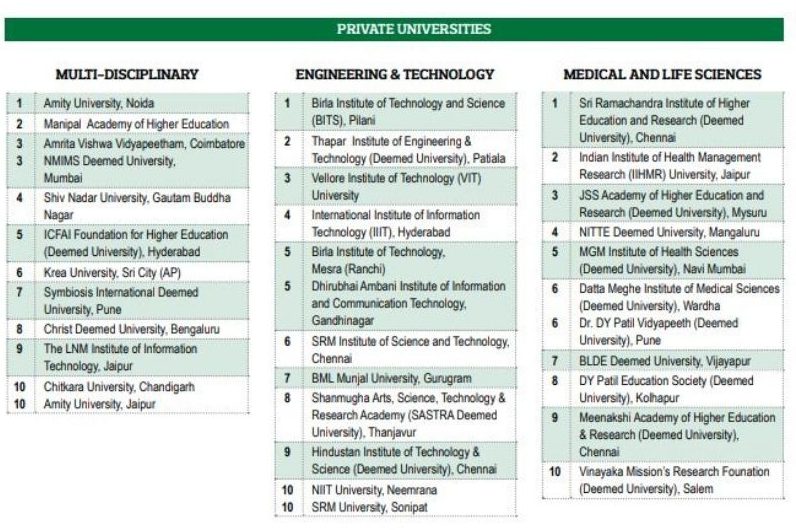

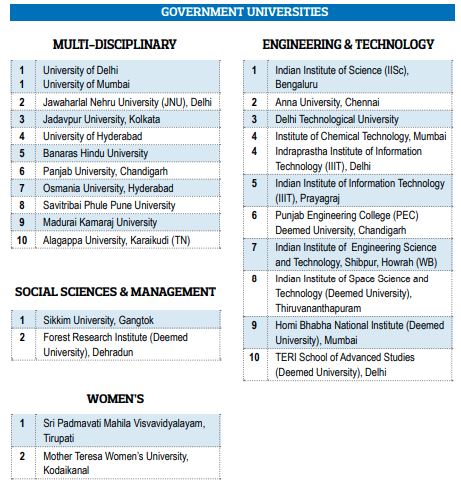
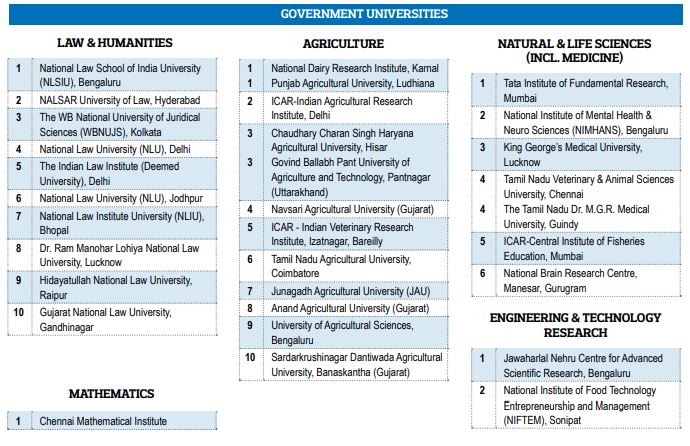
Even if it sounds somewhat immodest, a unique feature of the richly detailed annual EducationWorld India Higher Education Rankings (EWIHER) — introduced in 2013 and now spread over two issues (May-June) — is continuous improvement and refinement. A decade ago, we began rating and ranking undergrad Arts, Science and Commerce, and Engineering and Technology colleges and B-schools. Subsequently, we introduced the concept of rating and ranking private and government higher education institutions separately, given their vastly differing institutional cultures.
Eight years ago, we stopped evaluating and ranking the well-funded and heavily-subsidised Central government-promoted 23 IITs (Indian Institutes of Technology), 31 NITs (National Institutes of Technology) in the engineering and technology league tables, and eliminated the country’s 20 IIMs (Indian Institutes of Management) from the annual EWIHER.
The rationale of these omissions is that they routinely top the league tables of all media publications, including India Today, and the business dailies. Your editors reasoned that including the well-resourced and subsidised Central government-promoted IITs and IIMs would be repetition and replication of mainstream media publications, and of peripheral interest to the great majority of school/college-leavers given that IIMs, NITs and IITs admit a mere 2 percent of school-leavers and graduates who write their entrance examinations.
[userpro_private restrict_to_roles=administrator,customer]
Last month (April), in our league tables ranking government and private Arts, Science and Commerce and private engineering & technology undergrad colleges, we ranked them in separate and distinct categories — private autonomous, government autonomous and Top 100 non-autonomous undergrad colleges. Moreover, our league table of engineering colleges was restricted to private engineering colleges which admit 98 percent of school-leavers.
The prime objective of these classifications is to provide student — rather than institution — friendly evaluations of undergrad colleges. Similarly in the case of universities, reader feedback indicated that although for the past two years, the annual EWIHER ranked private and government universities separately inter se, they were lumped together under these broad heads regardless of specialisation. For instance in the EWIHER 2021-22 private universities league table, the essentially professional education-oriented Manipal Academy of Higher Education, Birla Institute of Science and Technology, Pilani, and the multidisciplinary Amity University, were ranked the Top 3 in that order.
Likewise in the 2021-22 league table of government universities, the Top 4 were Indian Institute of Science, Bangalore, Tata Institute of Fundamental Research, Mumbai, Jawaharlal Nehru University (liberal arts and humanities) and Delhi University (multidisciplinary). Clearly, the practice of assessing and ranking these institutions with diverse curriculums and academic objectives required further refinement.
Fortunately, the detailed architecture of the annual EducationWorld India School Rankings (EWISR, estb.2007) initiated by your editors 15 years ago and which has since been fine-tuned into the world’s largest and most comprehensive schools rankings survey, provided a model for refining EWIHER 2022-23.
EWISR ranks schools in three main categories — day, legacy boarding and international, and several sub-categories under each: day (co-ed-day, day-cum-boarding, boys, girls), boarding (co-ed, boys and girls) and international (day, day-cum-boarding and residential). Drawing from the architecture of this model, this year we present the EWIHER government and private universities in 15 separate, discrete league tables to facilitate rational evaluation and comparison.
Therefore, last year’s private and government universities’ composite league tables have been disaggregated and filtered. In EWIHER 2022-23, under the broad heads of government and private, universities are ranked in separate league tables — multidisciplinary, liberal arts and humanities, engineering & technology, all-women, social sciences, medical & life sciences and agriculture.
“Feedback from our field personnel who conduct one-on-one interviews with sample respondents rating colleges and universities on several parameters of higher education excellence, indicated that respondents were not comfortable with evaluating liberal arts, engineering, social sciences and multidisciplinary universities against each other. Therefore, following the example of the annual EW India School Rankings, this year on the recommendation of EW editors, we have ranked government and private universities in 15 separate and distinct league tables to eliminate apples with oranges type evaluation. This new architecture will make it easier for students to select the best liberal arts, social sciences and engineering/technology higher education institutions,” says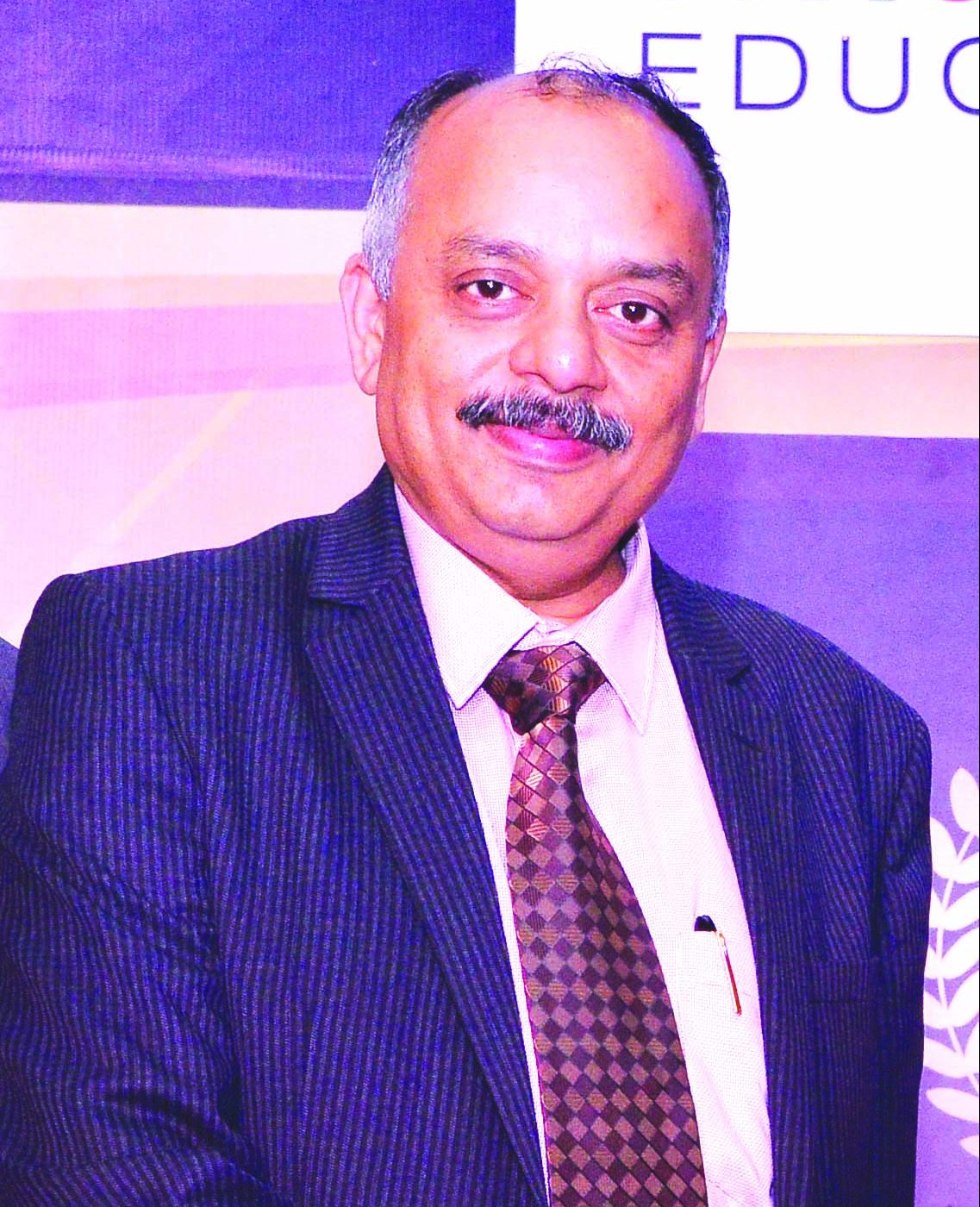 , Premchand Palety promoter-CEO of the Delhi-based Centre for Forecasting & Research Pvt. Ltd (C fore, estb.2000), which has partnered with EducationWorld to conduct all institutional ranking surveys — preschools to universities — for the past 15 years.
, Premchand Palety promoter-CEO of the Delhi-based Centre for Forecasting & Research Pvt. Ltd (C fore, estb.2000), which has partnered with EducationWorld to conduct all institutional ranking surveys — preschools to universities — for the past 15 years.
To conduct the revised EWIHER 2022-23 survey of India’s most respected government and private universities, 110 C-fore field personnel interviewed 4,105 sample respondents comprising 2,236 university faculty and 1,047 final year students in 163 universities and 822 industry leaders in 25 cities countrywide. The sample respondents were persuaded to rate government and private universities on ten parameters of higher education excellence, viz, competence of faculty; faculty welfare and development; research and innovation; pedagogy and process; industry interface/experiential learning; industry placements and infrastructure & facilities.
“Given our commitment to continuous improvement and refinement of the annual EWIHER, this year we have not only increased and rationalised the number of categories under which government and private universities are ranked to make them student-friendly, the survey is based on perceptual and objective evaluation criteria. Under the parameter of research and innovation, objective data, i.e, publications in refereed journals and citations in the Scopus Index was given high weightage. I am satisfied that EWIHER provides school-leaving and undergrad students the most accurate assessment of the relative merits of India’s best government and private universities,” says Palety, an alum of Panjab Engineering College and Delhi’s FORE School of Management who acquired two decades of market research experience in ORG, India’s pioneer retail market research firm of the 1980s before he went solo with C fore in the millennium year. Apart from EducationWorld, C fore’s clients include Nestle, Hindustan Times and several political parties.

For the EWIHER 2022-23 league tables rating and ranking the country’s most admired government and private universities in 15 classified league tables, please click here.
Also Read





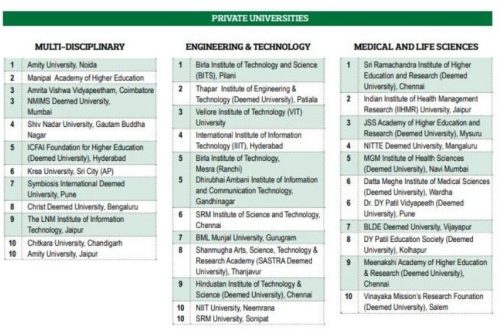


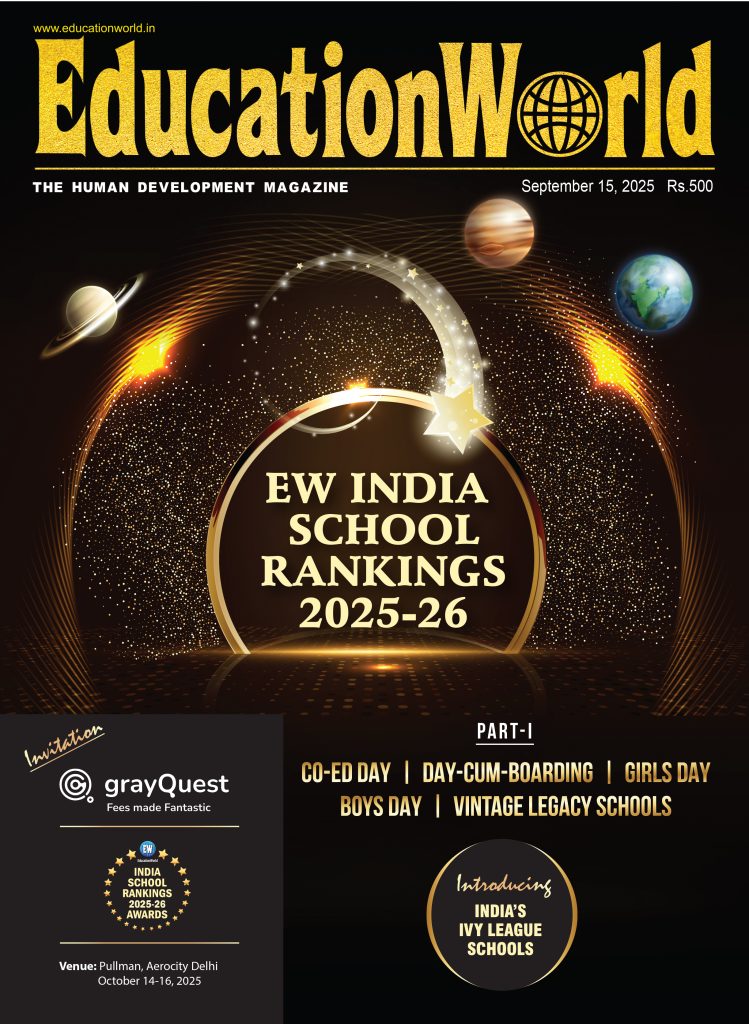
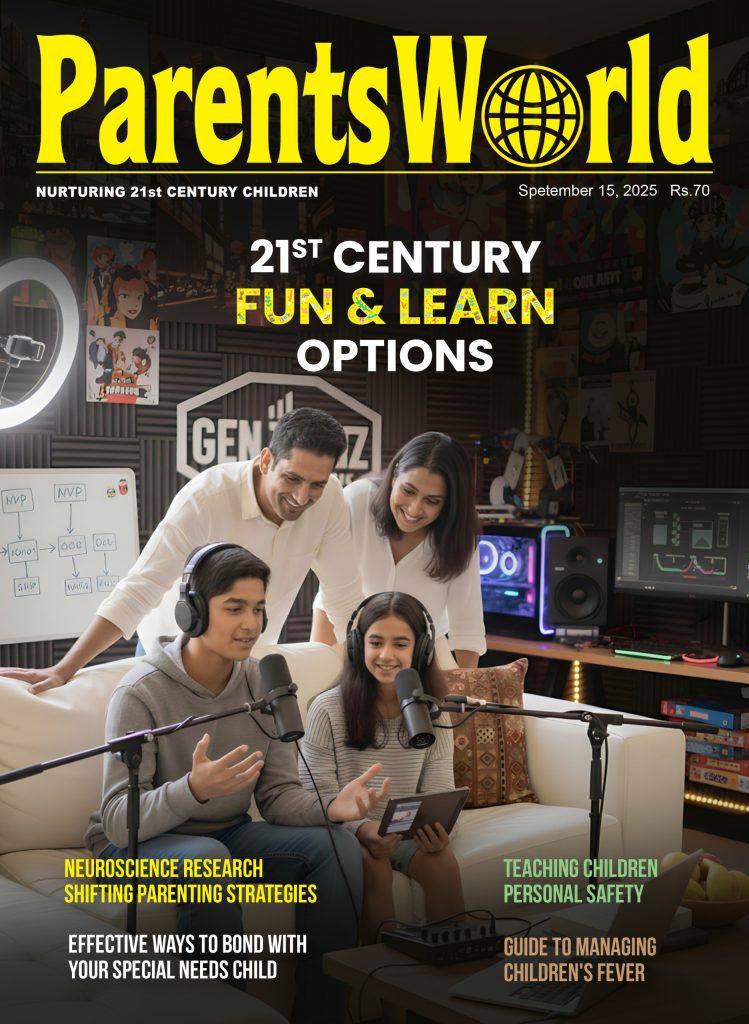


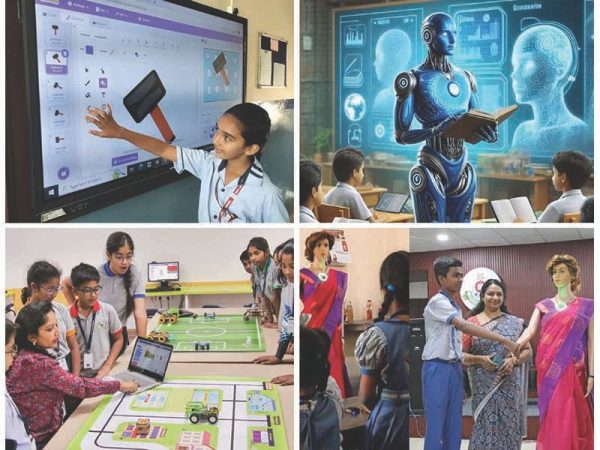



Add comment